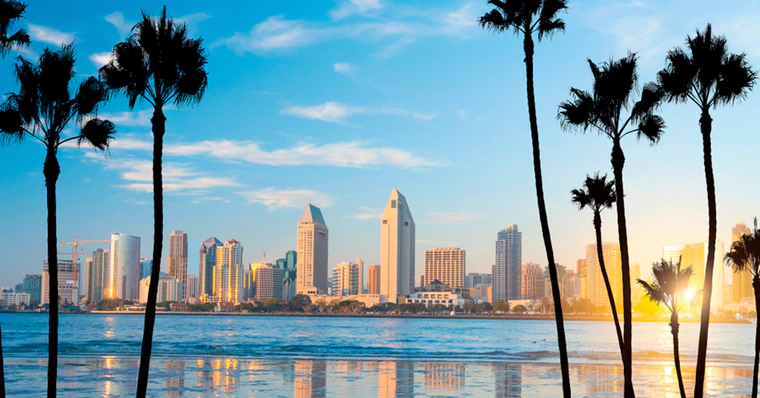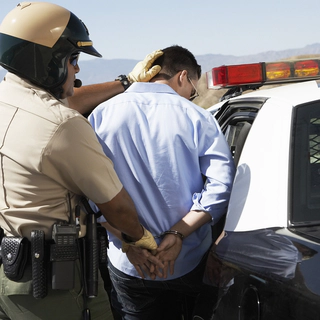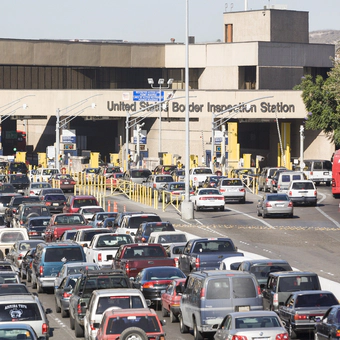Drug Addiction and Drug Rehab in San Diego

The beautiful city of San Diego is home to 1.5 million people. In San Diego county, most of the 3.3 million people are nestled along the coast. Along the eastern side of the county, the Cuyamaca and Laguna Mountains are less hospitable so the population is thin in this area. For those who struggle with addiction in the San Diego area, there are more than 100 facilities and hundreds more individuals who help and support those striving to recover their sobriety.
Many of these individuals are bilingual, which is appropriate in a city so close to the Mexican border. Naturally, most of the drug rehabs are in the western part of the county, along the Pacific Coast.
Providing Drug Rehab for Those in Need
There are many choices for a person who is addicted to either drugs or alcohol when they live in the city or county of San Diego. They can choose from short-term rehab, long-term drug rehab, residential rehab or outpatient rehab. In every large community like this, there are also hundreds of informal support groups and meetings to help those who want to get their lives back on track.
There are also programs that administer medications as part of a person’s recovery. In contrast, holistic drug rehab programs have methods of boosting health and energy with drug-free means.
Whatever type of rehab a person chooses, a vital component is the inclusion of life skills education and training. Those who have spent a considerable amount of time addicted suffer a deterioration of life skills. For years or even decades, the compulsion to use more drugs took precedence over their care for themselves, their families, or their work. Those coming back from addiction need guidance as they leave pain and guilt behind, relearn honesty, and recover their own personal integrity.
Some people may need a hospital stay as they recover from addiction so they have the benefit of medical support for physical or mental illness. Other people may need medical support just for the time they detox from their drug of choice. This may be a necessity for a person coming off high doses of alcohol. Unsupported alcohol detox has the potential to be fatal if it triggers high fevers, delirium, and seizures. Detoxing from benzodiazepines can also trigger seizures and may require a medically-supported detox.
Drug Use and Arrests

As is typical in many cities, the majority of the arrestees test positive for drugs at the time of their arrests. In 2020, 82% of men and 62% of women tested positive for marijuana, meth, cocaine, opiates, PCP, or other drugs.1
For men, these numbers have been increasing steadily since 2008. For women, they had also been increasing until they reached 82% in 2019. The number then dropped abruptly to 62% in 2020 although this drop may reflect a change in record-keeping and not a change in drug use. About a third of those arrested were positive for more than one drug. Methamphetamine was the drug of choice for more than half of those arrested.
A third of those arrested reported drinking alcohol in the 24 hours before their arrests. From these statistics, it’s can be concluded that a person who wishes to avoid arrest would be wise to also avoid drug and alcohol abuse.
Overdose Losses in the San Diego Area
In 2020, as many people in San Diego died with methamphetamine or prescription drugs in their systems as were lost in the entirety of Minnesota.2 More than 700 San Diegans had meth in their bodies at the time of their deaths and 576 died because of their prescription drug abuse. That compares with Minnesota’s 1,286 total losses for the whole year.3
Fentanyl alone took 850 lives in San Diego in 2021.4

In 2017, the potency of methamphetamine reached almost 100% pure, up from 39% purity ten years before. Fentanyl was another drug of staggering potency.5 Heroin in the San Diego area is also far purer than it is in other parts of the country. These high potencies are the result of the proximity of the Mexican border. In 2018, prosecutors in San Diego county began charging the drug dealers who sold the drugs that killed their customers with causing the deaths of those customers.6
An Urgent Need for Drug Rehab
With the high population in the city of San Diego and the surrounding county, the need for effective drug rehab is urgent. The county of San Diego is on the receiving end of the busiest U.S.-Mexico port of entry—San Isidro. There are two more ports of entry in the county: in Otay Mesa and Tecate. More than 100,000 cars and 6,000 trucks pass through every day, making it impossible to detect and seize all the contraband being brought into the U.S.7
This means that there must be a strong response to this drug problem by offering many facilities for drug rehab for San Diegans, with help also provided for those in the area that struggle with alcohol addiction.
Sources:
-
San Diego Association of Governments. “2020 Adult Arrestee Drug Use in the San Diego Region.” SANDAG, 2021. SANDAG. ↩︎
-
County News Center. “Record Meth, Prescription Drug, Fentanyl Deaths Reported in County.” County News Center, 2021. County News Center. ↩︎
-
Minnesota Department of Health. “State reports record drug overdose deaths in 2021.” MN DOH, 2022. MN DOH. ↩︎
-
NBC San Diego. “San Diego County Declares Public Health Emergency Over Illegal Fentanyl.” NBC San Diego, 2022. NBC San Diego. ↩︎
-
The San Diego Union Tribune. “Potency, purity of drugs reaching even higher and deadlier levels.” Union Tribune, 2017. Union Tribune. ↩︎
-
The San Diego Union Tribune. “Prosecutors push to hold drug dealers accountable for overdose deaths.” Union Tribune, 2018. Union Tribune. ↩︎
-
Smart Border Coalition. “It’s Time to Make the San Diego-Tijuana Border More Efficient.” SBC, 2017. SBC. ↩︎
